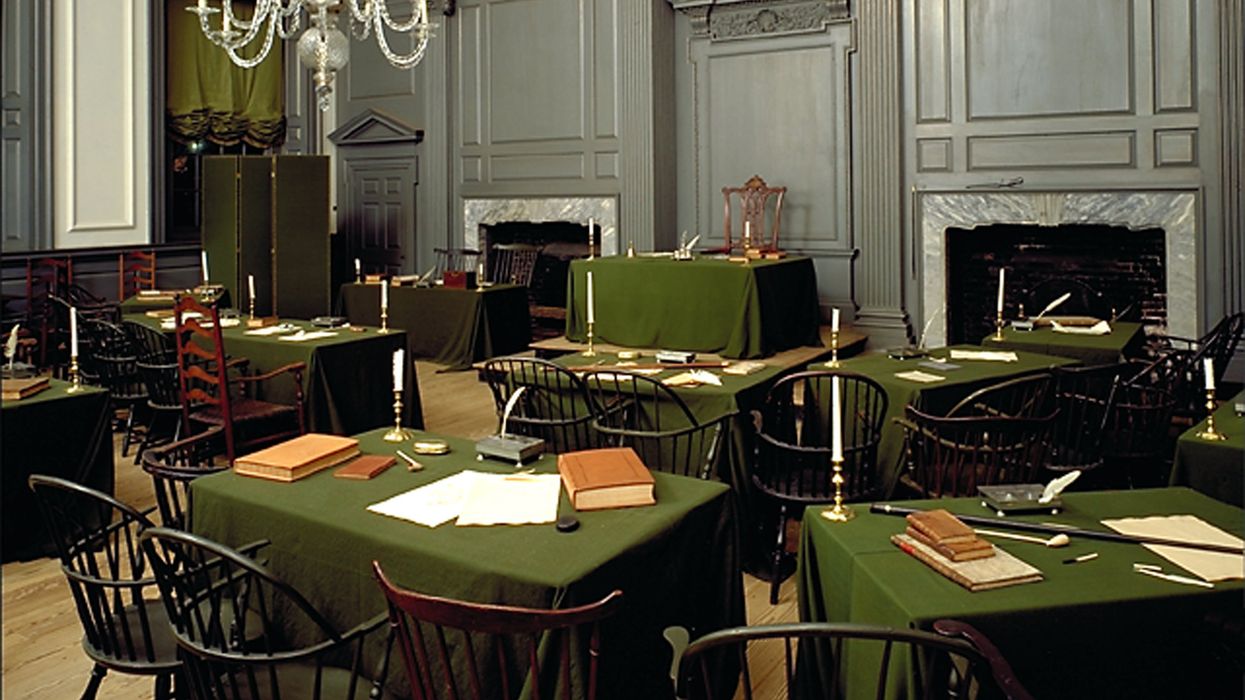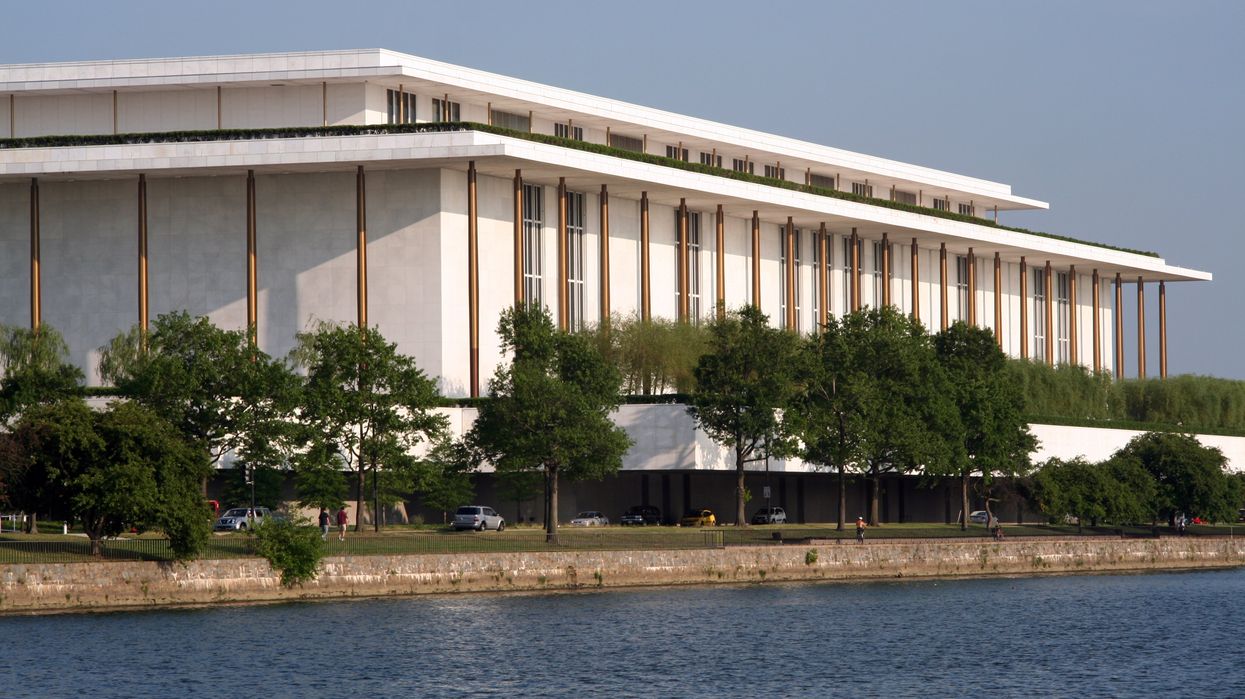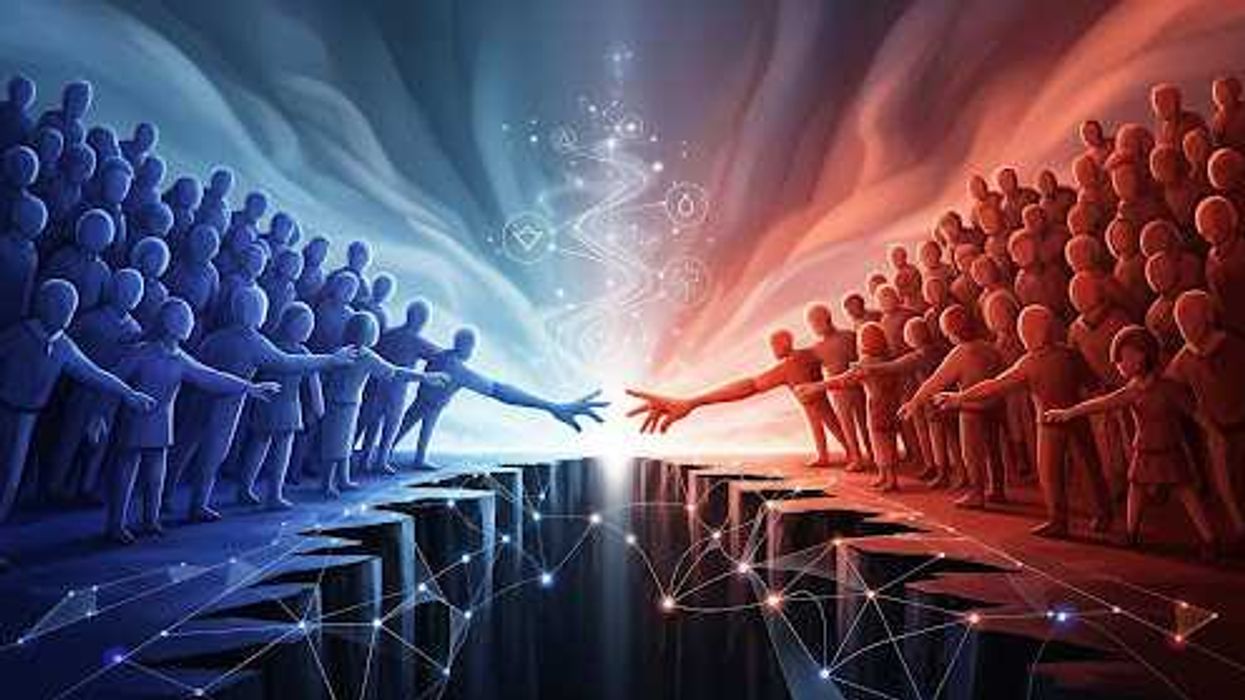Breslin is the Joseph C. Palamountain Jr. Chair of Political Science at Skidmore College and author of “A Constitution for the Living: Imagining How Five Generations of Americans Would Rewrite the Nation’s Fundamental Law.”
This is the latest in a series to assist American citizens on the bumpy road ahead this election year. By highlighting components, principles and stories of the Constitution, Breslin hopes to remind us that the American political experiment remains, in the words of Alexander Hamilton, the “most interesting in the world.”
What say we take an imaginary trip to Philadelphia? Our first stop has to be south Philly for world famous cheesesteaks. We’re tourists, so we’re obligated to try Pat’s and Geno’s (though most Philadelphians prefer the less famous, but tastier, fare of other joints). We probably should take a leisurely stroll down Elfreth’s Alley, America’s oldest residential street. Or Rittenhouse Square; that’s a lovely stop. And of course, any trip to Philly would not be complete without a sprint up the iconic stairs of the Philadelphia Museum of Art. Winded, we realize we’re no Rocky Balboa.
But our real destination lies elsewhere in the City of Brotherly Love. Independence Mall – the cradle of modern liberty, the very birthplace of America – is our final and most inspirational stop. We gaze at the former Pennsylvania Statehouse, now known as Independence Hall. To the right is the Liberty Bell, and behind us, two blocks away, stands the National Constitution Center, the first and only museum devoted entirely to the U.S. Constitution.
Independence Hall is a remarkable place, and not just because it boasts the classic elements of the best Georgian architecture. It is astonishing because it houses the most important and significant room in human history. Borrowing from the musical “Hamilton,” Independence Hall contains “the room where it happened.” Make no mistake: The first-floor Assembly Room fundamentally and unalterably changed the entire trajectory of humankind. That room changed the world, and it did so for the better.
How, you ask? First, by what transpired there. The Continental Congress passed the Declaration of Independence on July 2, 1776, in that room. Delegates signed the Articles of Confederation, America’s first Constitution, on Feb. 2, 1781, in that room. And then the Framers of the United States Constitution — the Constitution — deliberated a new political order and eventually placed their names on the emergent draft in that room.
Second, it changed the world because that is where those 18th century Founders — men like James Madison, Benjamin Franklin, George Washington, Gouverneur Morris, James Wilson and others — demonstrated sheer audacity, fervently believing they could conjure up a superior nation from the power of ideas.
Alexander Hamilton said it best in the first Federalist paper when he asked “whether societies of men are really capable or not of establishing good government from reflection and choice, or whether they are forever destined to depend for their political constitutions on accident and force.”
Can we design, Hamilton wondered, a “more perfect union” around some pretty radical ideas (but still only ideas) or must we resort to violence, “force,” intimidation and authoritarianism — the standard approaches to nation-building at the time? Can “We, the People,” in other words, create a polity by simply sitting around a table and imagining the very best political blueprint for the United States? Or are we “forever destined” to take up arms and threaten to physically overrun our political opponents? Hamilton’s question was particularly timely in the revolutionary period of the late 18th century. I would argue it resonates just as powerfully today.
Consider what we’ll sacrifice if we abandon the Founding generation’s belief that ideas, and not violence, are the means to maintaining “good government.”
First, America’s standing as the inventor of modern constitutionalism. At the time of the Constitution’s ratification, the document stood as the only — yes, the only — written charter ordering a national polity. Today, all but three countries of the world (England, New Zealand, and Israel) boast a written Constitution.
Second, as the perfecter of a complex modern system of government. At the time of the Constitution’s ratification, the prevailing political attitude was to concentrate power (think monarchy), not to distribute authority among co-equal national branches (separation of powers). No longer. Most countries of the world have followed America’s lead and favored the concept that institutions enjoy both independent and overlapping powers. Taking a page out of Montesquieu’s book, the Framers consciously chose to give each branch a stake in the policy outcome of the others. Hail the principle of checks and balances.
Third, as the polity that bucked common sense. At the time of the Constitution’s ratification, the prevailing belief held that true political representation and meaningful personal liberty could only be attained in small-scale polities (think states) and not, as Madison so brilliantly pointed out in Federalist 10, in large-scale republics covering significant territory (think nations). We now know that only large-scale republics, with shifting majorities and competing factions (interest groups), can curb the menace of majority tyranny.
And fourth, America’s place as the beacon of freedom. The Framers of the Constitution were so confident that the sophisticated design of the political system and the nature of a written constitution — where institutions exercise only enumerated powers — would ensure individual liberty that they barely spoke during the drafting convention of adding a bill of rights.
Freedoms, they recognized, were “unalienable,” “endowed by the Creator, and “secured” by governments “instituted among men.” This newly made American polity would stand apart from all other nation-states in its protection of liberty. For some. The scar of slavery, the oppression of women, the suffering of Indigenous peoples — these are all part of America’s troubling narrative. But so is the eventual expansion of universal freedom, the gradual safeguarding of widespread liberty and the defense of common rights, mostly in the 20th century and largely in response to America’s abusive, unjust and unequal past. Our history is one of devastating oppression, but it is also one of redeeming hope. We have to remember that.
Which brings us back to our imaginary journey to Philadelphia. We have one last stop to make at Signer’s Hall in the National Constitution Center. It’s a totally unique space, filled with life-sized bronze statues of the delegates to the Constitutional Convention. Benjamin Franklin is there. So is James Madison and Alexander Hamilton. George Washington towers over all the delegates and most of the visitors.
But we’re not there to take a selfie with the Founding Fathers. We’re there to partake in a crucial exercise of pure American citizenship. All visitors are invited, then and there, to ratify or reject the Constitution, to endorse the text by signing the template or reject the Constitution by walking away. In that moment we have a real choice: to be modern day Federalists or Antifederalists. Should we sign or not sign? Consent or disapprove? Ratify or condemn? What would you do?
































